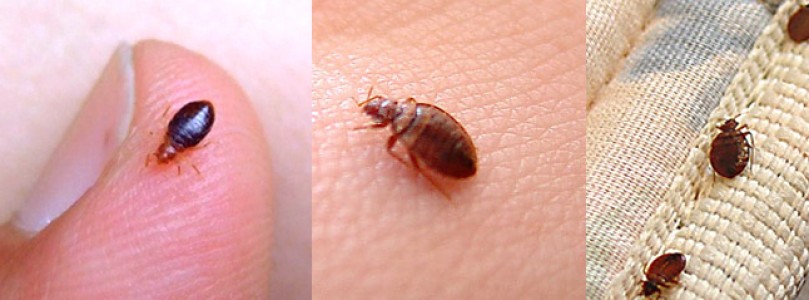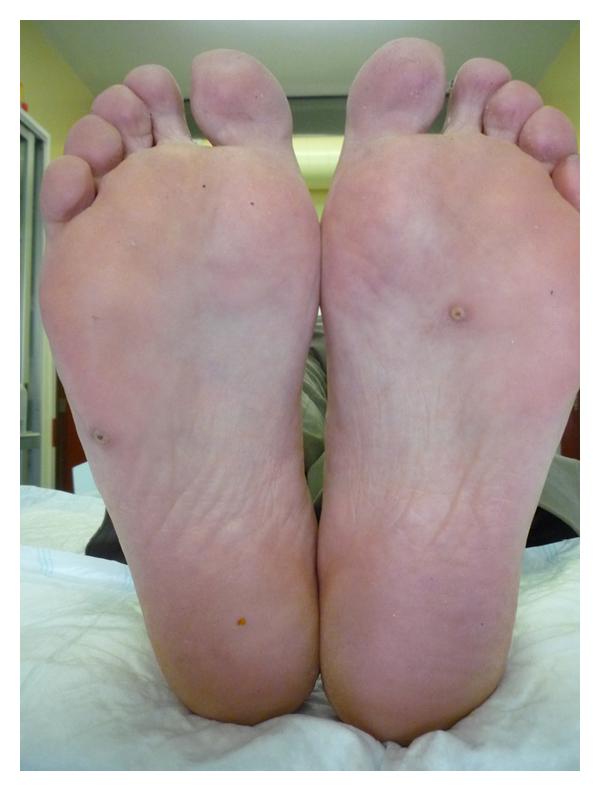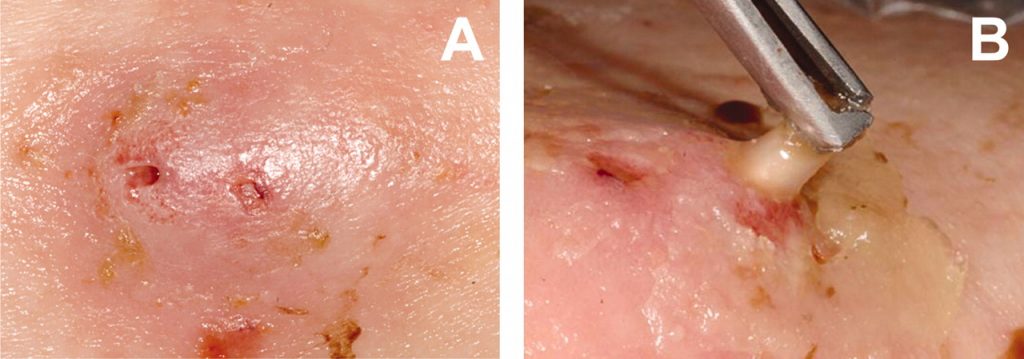
Tunga penetrans!
Synonyms: chigoe flea, sand flea, chigger, jigger.
Infestation with a flea (1mm long) endemic in Central america, the Caribbean, and
sub-Saharan africa causes tungiasis. The flea resides in warm, dry soil/sandy beaches.
Usual hosts—pigs, cats, rodents. The ♀ burrows into the skin, feeding from dermal
capillaries, enlarging, and breathing through a cutaneous punctum. after 2 days to 3
weeks, 150– 200 eggs/day are released from the punctum. The flea dies in situ after
3–4 weeks and is eventually shed in a crust.

What should I look for?
• History of travel to an endemic area.
• An itchy, painful yellowish nodule with a central dark punctum on an exposed site,
e.g. foot. Symptoms, caused by an immunological response, develop several days
after the flea has penetrated the skin.
• The punctum is easily visualized through a dermatoscope. after shaving the
surrounding horny layer, it may be possible to see the tail of the flea in the punctum,
or gentle compression may expel the white ovoid eggs (650 micrometres in length).
What should I do?
• Extract surgically after local anaesthetic.
• Treat 2° infection.
• Advise patients travelling to endemic areas to cover exposed skin (socks, shoes) and
to inspect the feet daily.
Furuncular myiasis
• Infestation with larvae of either Dermatobia hominis, the human botfly, or
Cordylobia anthropophaga, the african tumbu fly. human botflies, endemic in Central
and South america, attach eggs to blood-sucking arthropods, e.g. mosquitoes.
Mosquitoes leave eggs on the skin when having a blood meal. Tumbu flies, endemic
in sub-Saharan africa, lay eggs on shaded soil or clothing hung out to dry.
• Eggs hatch once in contact with warm skin. Larvae penetrate the skin and enlarge,
while eating the tissue of the host. after 4–18 weeks, the larva emerges, falls to the
ground, and pupates.

What should I look for?
• History of travel to an endemic area.
• Painful ‘boil’ with a central punctum and serosanguineous exudate. May itch or the
patient may be aware of movement within it!
• The protruding respiratory spiracle in the punctum can be visualized through a
dermatoscope.
What should I do?
• Occlude the punctum with white soft paraffin (e.g. VaselineTM), fat, or nail polish
overnight to asphyxiate the larvae. Strip off the nail polish, if used. remove protruding
larvae with forceps, while squeezing the sides of the nodule gently.
• Treat 2° infection.
Tiger mosquitoes
Synonym: Forest day mosquitoes.
The tiger mosquito (Aedes albopictus) has spread to temperate regions, including
Europe and the Americas, from tropical/subtropical countries. ♀ bites aggressively
and repeatedly. Unlike other mosquitoes, this mosquito is active during the day and
outdoors. In the tropics, mosquitoes are active all year, but, in temperate regions, they
hibernate over winter. The eggs, laid on the inner sides of containers such as vases or
old paint pots holding water, can survive freezing temperatures.
Bites may transmit viruses, including dengue and chikungunya.
What should I look for?
• History of aggressive daytime attacks by a small, dark mosquito with a white dorsal
stripe and banded legs.
• Numerous intensely itchy or painful urticated papules, often on legs.
• Central punctum in papules.
• Papules may become purpuric or bullous.
• Allergy to mosquito saliva (Skeeter syndrome) causes a severe local reaction,
simulating cellulitis with erythema and oedema, in addition to fever and vomiting.
What should I do?
• Treat bites with an ultra-potent topical steroid x1/day.
• Prescribe an oral antihistamine.
• Treat 2° infection.
• Advise how to prevent further mosquito bites: repellents (applied after sunscreen),
protective clothing.